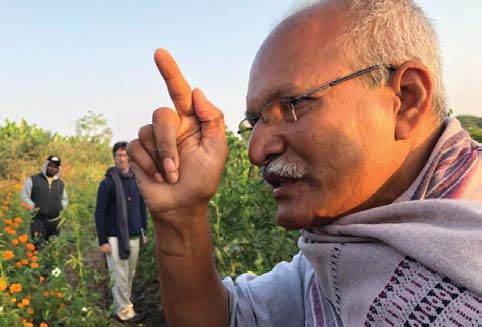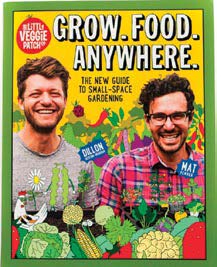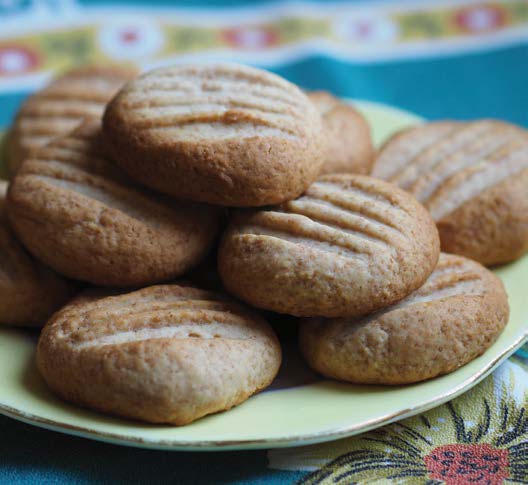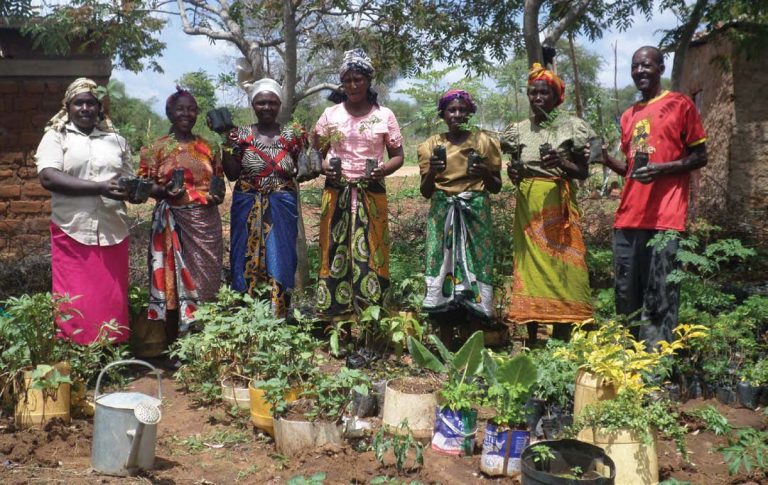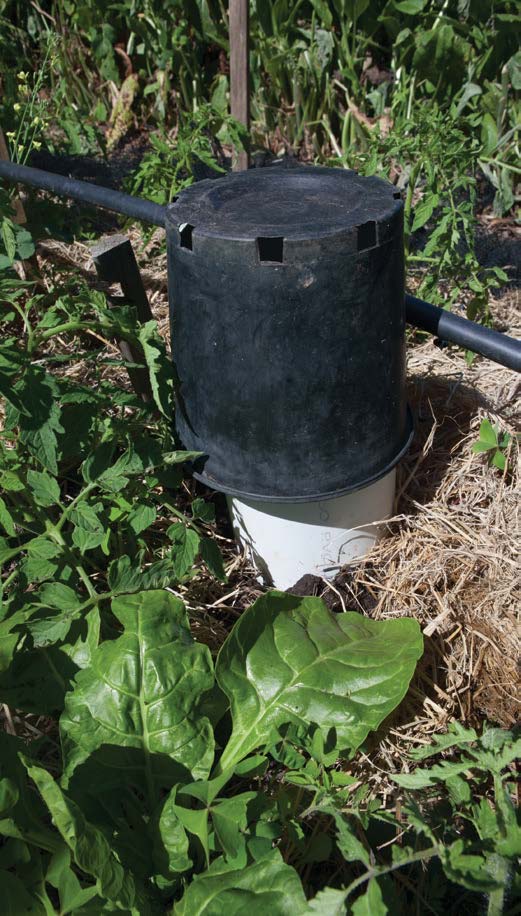Your Guide To Growing Brassicas

Despite their strange sounding name, brassicas are easily recognisable vegetables from the mustard family of plants, otherwise known as Brassicaceae. Vegies that belong to this family are broccoli, cauliflower, kale, cabbage, Brussels sprouts, radish, turnips, and even rocket.
A common attribute among brassicas are the seed pods they produce once they have flowered. Another is that they are cold and frost hardy, making them natural winter crops.
Brassicas were also dominant in European cuisine before the introduction of vegetables from the new world. I have highlighted three types of brassicas that are delicious in wintry meals—even more so when freshly picked from your own garden.



